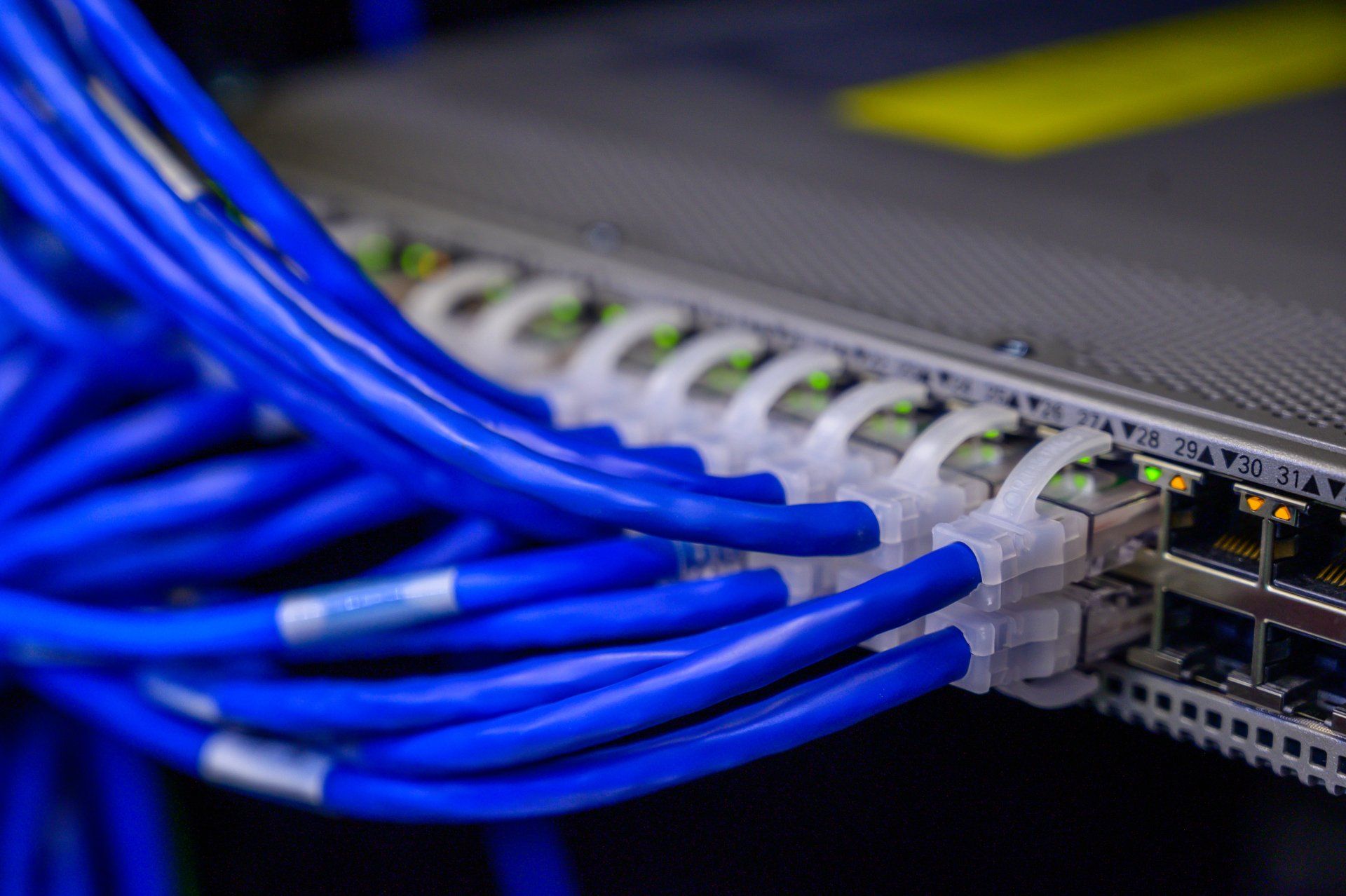Data cable
DATA POINTS AND NETWORK CABLING
In the digital world, everything changes at lightning speed. Everything is connected, and this connectivity has many implications on how we live and work. Keeping up with the pace of change can be challenging for businesses operating in a dynamic environment where new technologies are emerging every day.
If you are working in Information Technology or any related field, it’s essential to keep abreast of new developments and technologies that will affect your business or job role. The following data points and networking cabling will give you insight into how things are changing.
Change happens in data speed and volume
We are all familiar with concepts such as Moore’s Law
and Metcalfe’s Law, which have been in application for a number of years and have allowed us to make informed decisions about our network devices and architecture. The following concepts will give you a better understanding of how things are changing in the digital world: - Big Data - With the advent of AI and machine learning, the data volumes are growing exponentially every day. Managing this data properly is critical for businesses to succeed. - Cloud computing.
The exponential growth of data has been driven by the growth of cloud computing, which is a distributed data storage model. - Network speeds - The network speeds have been steadily increasing over the years and are expected to go up even more with the rollout of newer 5G networks. - Internet of Things - The IoT has been one of the most important drivers of data growth in recent years. - Artificial intelligence and machine learning - The growth of AI and ML has brought new challenges and opportunities for businesses.
Cloud computing is changing the way we work
We are increasingly reliant on cloud-based technologies and services to run our businesses. Cloud computing expands the use of shared computing resources to a large number of users who can access this data from any location via the internet. The cloud offers business agility and scalability, reducing the need for investments in on-site infrastructure and IT personnel. Cloud computing has been a game changer for businesses by reducing the need to invest in on-site infrastructure, enabling rapid scalability, improving business agility and reducing IT costs.
It has also opened up a new range of opportunities for businesses to collaborate and share data across the globe. There has been a revolution in the way businesses operate, and cloud computing has played a key role in this transformation. The advantages of cloud computing are so significant that it has become a strategic imperative for most businesses.
Networking cabling still matters
The speed at which data travels over a network is determined by the type of cabling used and the distance between the nodes. The most widely used and accepted types of cable in data networking are twisted pair, fibre optic, coaxial and extra high voltage (EHV) cabling for transporting electricity over a network. The distance between nodes is measured in hops and cannot exceed a specified limit.
If you have ever tried to move a LAN connection from one building to another, you may have found that the network would not work because of the distance between the nodes. This is why it’s critical to choose the right type of cabling that will last and be suitable for the application.
Get a quote
Contact Us
Network security on a fast-changing network
Network security is a major concern for organizations that rely on their IT infrastructure to run their business. The threats to the network and data have evolved over time with the increase in global connectivity, and the speed of change is expected to increase even further with the rollout of newer network standards, such as 5G and the SDN. As the network becomes more complex, it will be harder to keep it secure, requiring more training and skill. The change in the network to 5G will require new hardware, software and tools to analyse the network and its traffic.
Virtual and augmented reality will continue to grow
VR and AR have been around for several years, but they have seen a spurt in growth recently. VR is a fully immersive experience that uses a headset to transport you to an entirely different environment. AR is when digital content is superimposed on the real world through a device such as a headset or a smartphone. Both VR and AR have multiple applications in different sectors, including healthcare, education, retail, construction, the military and the aviation industry.
The gaming industry has been responsible for driving the demand for VR and AR for some time now, with Sony, Microsoft and Nintendo expected to launch their own VR headsets in the coming months. There has also been an increase in investment in VR and AR startups as investors look to this space for future returns. The VR and AR market is expected to grow to $80 billion by 2022, with VR taking up $50 billion of that market.
Having an Emergency?
We're available for a quote when you need
Conclusion
The digital world is changing rapidly, with new technologies and innovations emerging on a daily basis. These changes are expected to have a significant impact on the way we work and live our lives, and businesses must adopt to remain competitive in the market. The data points discussed in this article will help you understand the changes that are taking place in the digital world and prepare your business to take advantage of the opportunities that lie ahead.




